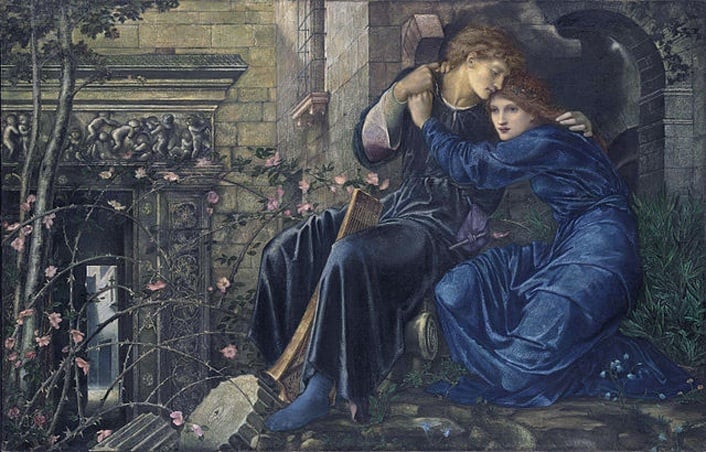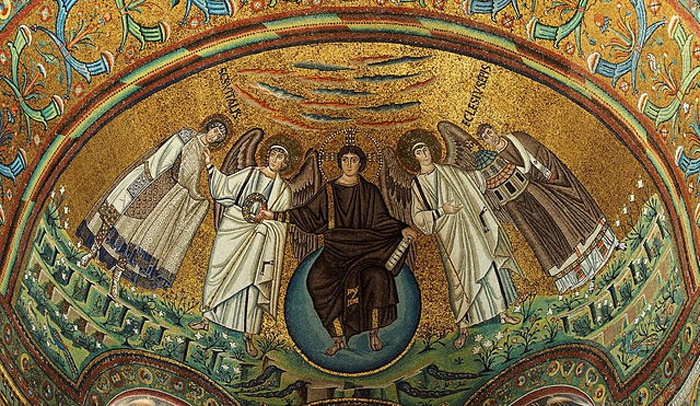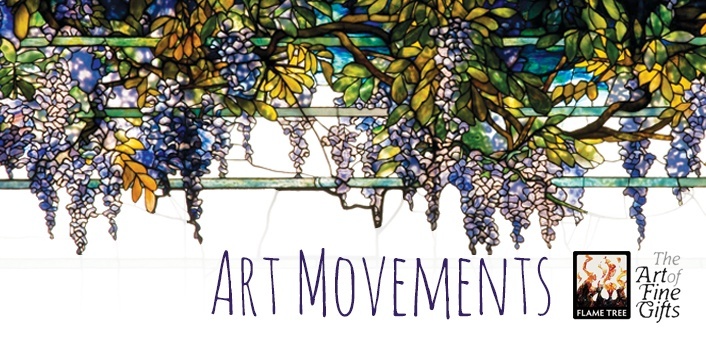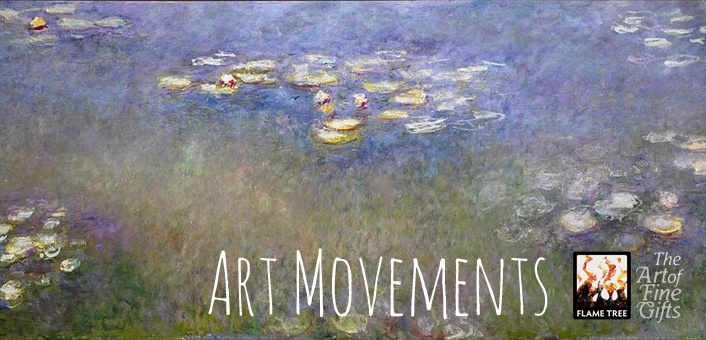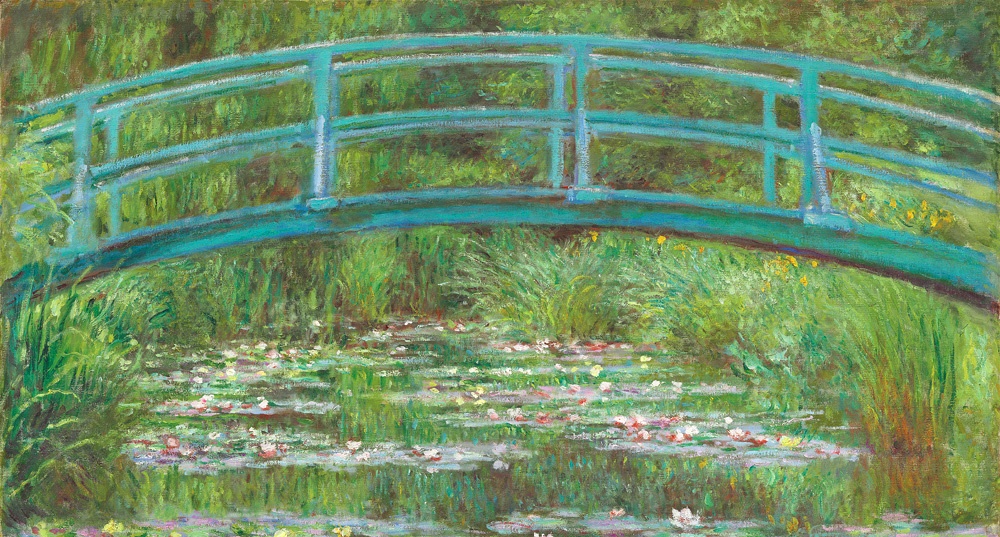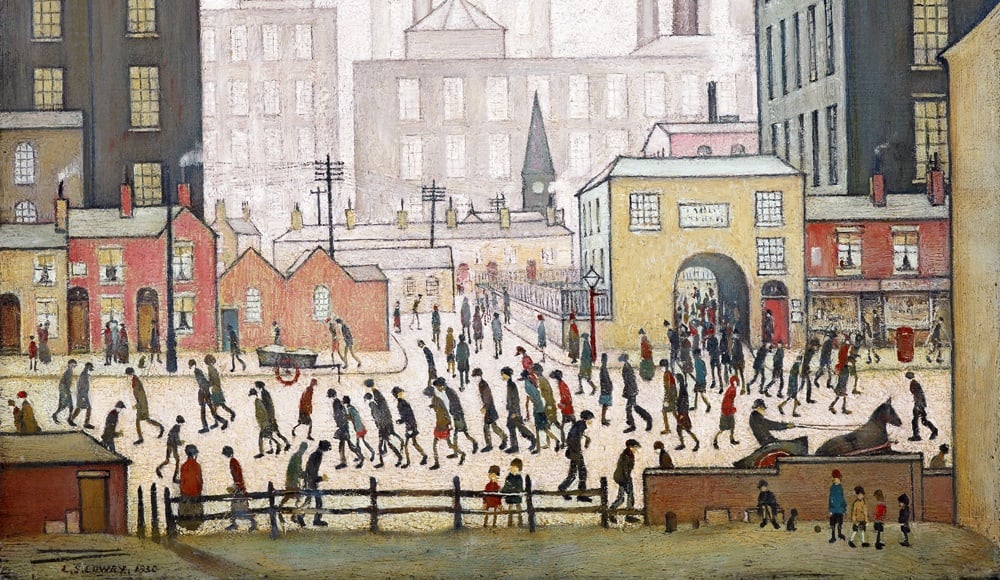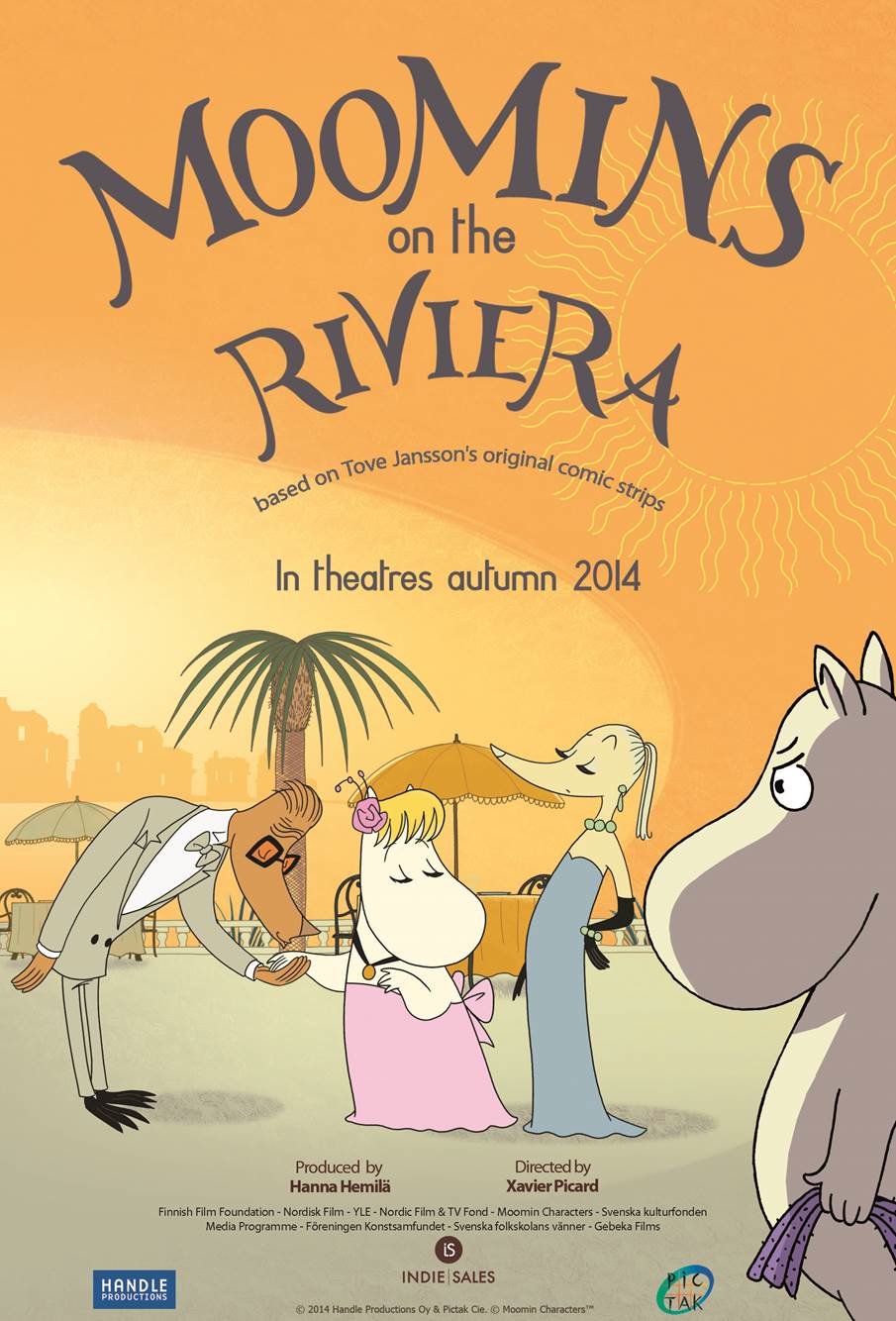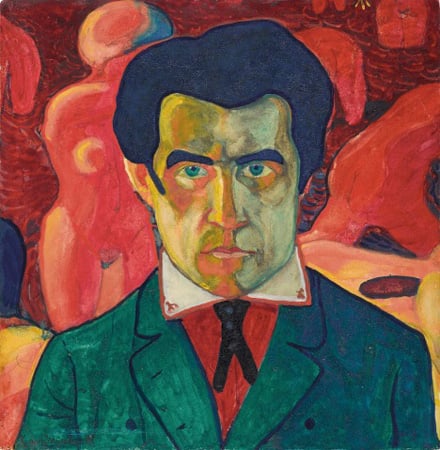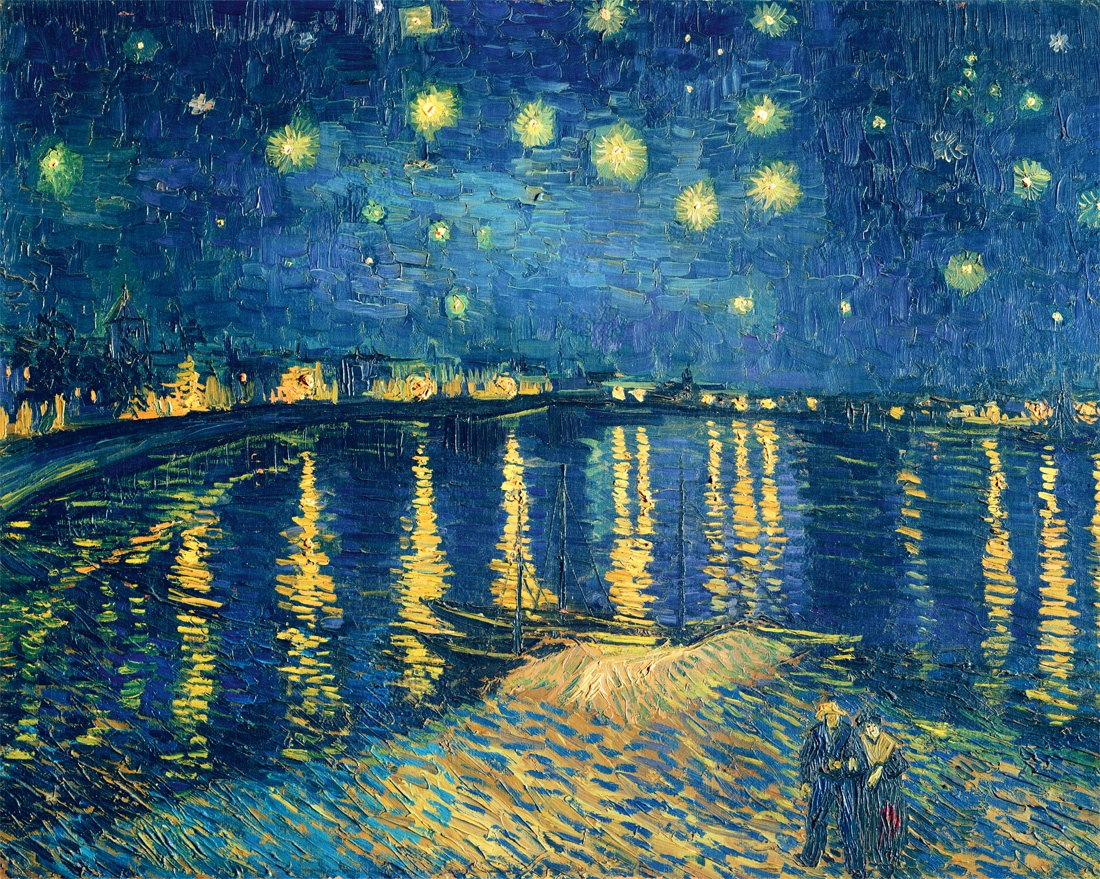The clean, simple, pure forms of Neoclassicism arose as a counter movement to the frivolous Rococo style, particularly at a time when new discoveries from Pompeii were proving inspirational to artists. As a reaction against the Academies, however, the ideals of Romanticism – which favoured wilder, more emotional artworks – started to gain popularity. Offshoots of Romanticism began to appear throughout Europe, most notably in the work of the Nazarenes in Germany and the Pre-Raphaelite Brotherhood in England, who sought to take art back to a time before Raphael and his Classical influences had been a corrupting influence on art.
Visual & Decorative Arts Blog
Laura Bulbeck
Recent Posts
Topics: pre-raphaelites, Art Movements, romanticism, neoclassicism
Topics: medieval art, illuminated manuscripts, Gothic & Fantasy Art, byzantine art, religious art
The twentieth century saw many radical changes in people’s lives: an increased pace of technological and industrial change; the rapid spread of large urban centres; the development of new means of transportation and communication; innovative scientific discoveries such as the X-ray and the theory of relativity; the growth of consumerism on a large scale; and the chilling reality of mass warfare. Against this background of social, political and technological developments, Western art also underwent a series of radical shifts.
Topics: Art Deco, Art Nouveau, Art Movements, futurism, bauhaus
Inspired by the RA’s new exhibition on Painting the Modern Garden, of which Monet’s stunning Garden of Giverny paintings are a big part, this blog takes a look at one of the most popular art movements: Impressionism. We put it into context – with a brief look first at Realism in France, and its move away from classical art; as well as an exploration into how it formed the roots of Post-Impressionism.
Topics: art of fine gifts, Claude Monet, Impressionism, Post-impressionism, Art Movements
Some of Monet's most famous paintings are his depictions of sights seen in the idyllic landscapes of his Garden of Giverny. His incredibly popular Water Lilies artworks, and the iconic view of the Japanese Bridge were all painted from views of his garden – adorned with poppies, dahlias and irises – where he lived out his final years.
Topics: Claude Monet
L.S. Lowry is beloved by us for making the industrial scene his own. These works were created in his own unique way, poetic yet not sentimental, compelling, even at times disturbing, but never judgmental. In this blog we’ll take a brief look at how he began to develop his well-known style.
Topics: L.S. Lowry, Masterpieces of Art
Why would anyone want to draw in these days of phone cameras and selfie-sticks? Because a drawing is unique. Anyone can take a photograph of a person, a landscape, a cat – but a drawing is a one-off, a personal view of a moment in time. Plus you can imagine whatever you want in a drawing – why stick to reality?
Topics: sketch books
With the long-anticipated Moomin movie, Moomins on the Riviera, coming to cinemas in October 2014 and our beautiful 2015 Moomin Calendar now available in our Art of Fine Gifts range, it's not hard to rediscover a childish love for Moomintroll, his family and friends. The loveable trolls are only gaining in popularity since their beginnings as a comic strip in 1945.
Topics: Moomins, Tove Tansson, Art Calendars
Tate Modern has just opened the first ever UK retrospective of Kasimir Malevich (1879–1935), a Russian artist who changed the face of modern art. With his radical ideas, his pioneering work on geometric abstract art left a lasting legacy.
Topics: Museums & Galleries, Modern Art, Kasimir Malevich
Starry Night Over the Rhone is a culmination of the artistic genius of Vincent Van Gogh (1853-1890). Though lesser known than its later counterpart, The Starry Night, the night sky had been haunting Van Gogh ever since he moved to Arles in February 1888. He moved in order to satiate his yearning to experience the colours of the South after living in Paris for many years. It would seem he found those colours in the night sky. In a letter to his sister Willemina, he said ‘Often it seems to me night is even more richly coloured than day.’ The sky is Prussian blue, ultramarine and cobalt, with sparking yellow gaslights and stars.
Topics: Vincent van Gogh

